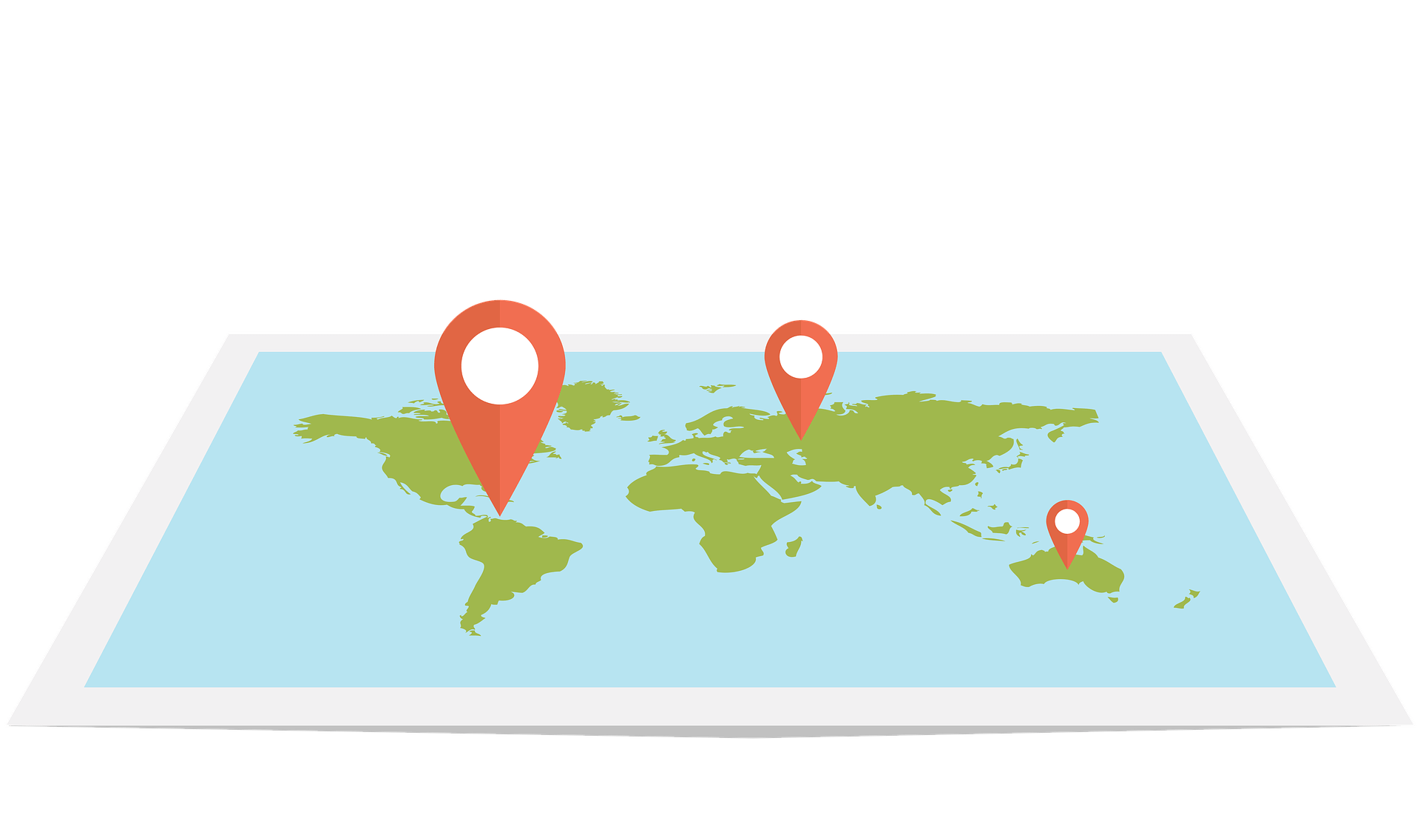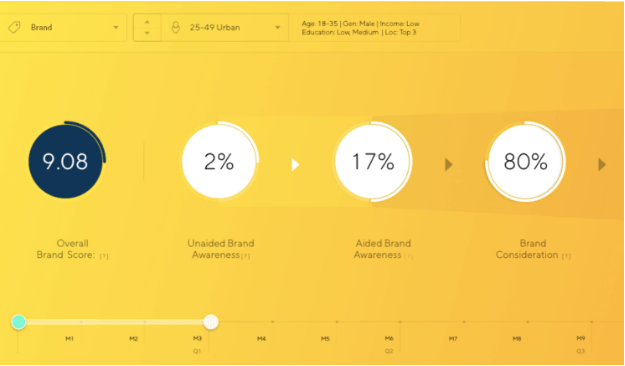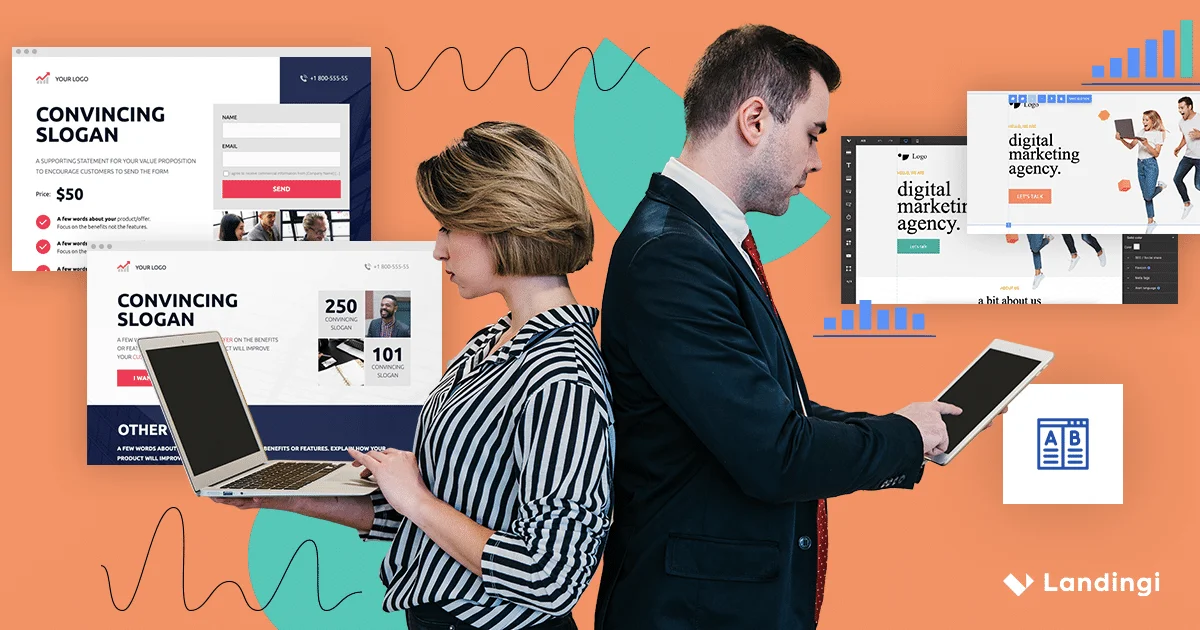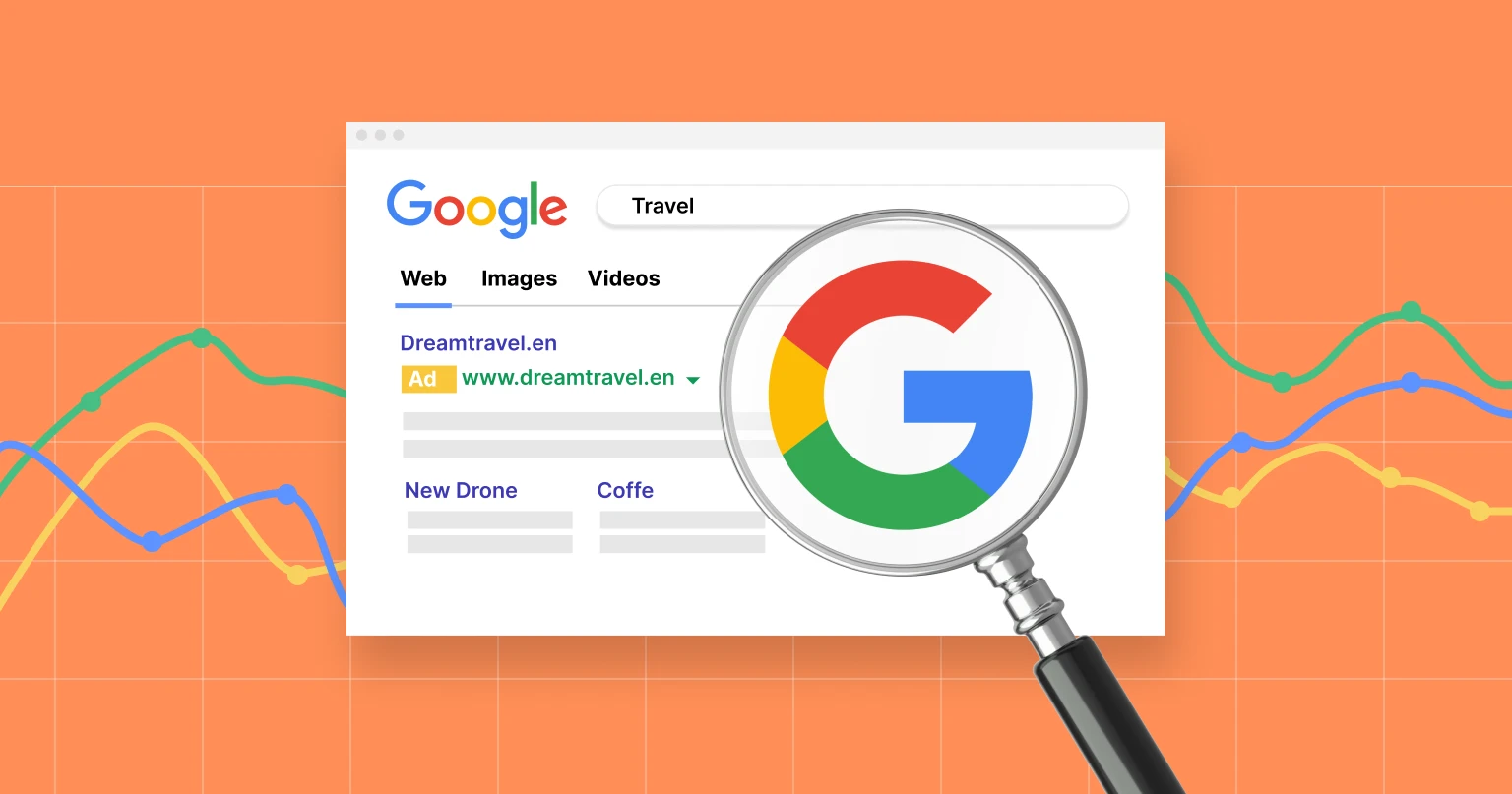Nowadays it’s almost impossible to create a brand without an online presence. The internet is so intertwined with our daily lives, people spend an average of 3 hours a day just scrolling through their phones. Take advantage of the time people spend on the internet and implement an SEO strategy that will help you rank and increase brand visibility. Fortunately, you don’t need to be an SEO expert to optimize your online platforms and build brand awareness. Read on to discover which SEO techniques to use and how to increase brand visibility online.
When it comes to getting your brand known, there are a lot of different methods and strategies to consider. One of which is an SEO strategy to establish your brand’s presence on search engines and the greater internet. We’re not just talking about getting your brand’s website ranked high on a search page though.
Having your brand and all the platforms it uses on the internet fully optimized also provides a better customer journey and an opportunity for you to extend your audience reach. Follow these 8 SEO techniques that most affect brand visibility and see how your brand awareness can grow.
- Link building
- Mobile-friendly website
- Targeting on social media
- Inbound marketing
- Keywords and headlines
- Local SEO
- Meta Descriptions
- Meta Titles
Make your sections smartable and let go of mundane manual tasks with Smart Sections! An easy way to manage bulk changes.
Link building
It’s one thing to have a website, but getting the word out that it exists is the next step to being really able to utilize it. One way to let people know about your website is with link building. Produce actionable content with authoritative links to resources that will entice your audience and provide the information they want to know more about your brand and relevant topics. Think about answering questions your target audience is asking with new data and insights.
By providing high quality and link-worthy content, your audience is more likely to share it or even link to it in their own personal website or blog. The more places that link to your website the better your site will rank and the more people will discover your brand.
And if you want to increase the number of referring websites, you can give it a helping hand with these link building strategies.
But don’t forget to also include outgoing links from your blog posts. Believe it or not, outgoing links actually have a positive effect on SEO. But why add them at all, you may ask.
There are a number of reasons:
- It builds trust with Google by indicating that your article is valuable and relevant.
- It builds credibility with visitors to your page. It also helps better inform them on a topic by providing additional resources for them to read. A better user experience will encourage them to return.
Just keep these two points in mind when linking externally:
- Link to authoritative sources to keep these trust levels up, and;
- Don’t overdo it. You don’t want distractions for the reader, nor do you want them to click away and never come back.

Mobile-friendly website
A sure way to keep people from visiting your website is a slow loading time and a difficult-to-use interface. This is especially so when people are looking at it on their phones. Even Google won’t display your website if it has poor responsiveness and it might even be penalized by the search engine. Make sure your loading speed is at the recommended 2 seconds and check to make sure your phone is mobile-friendly.
Here are some recommendations when it comes to improving page speed:
- Make sure that your developers only use code that is clean and streamlined.
- Keep redirects to a minimum.
- Compress your images. Big images can slow down pages. The same goes for video. Videos are an extremely useful marketing tool but don’t overload your website with them if you want to perform on the speed side of things.
- Don’t go too mad with plugins. It can be very easy to fall down the plugin trap, especially if you have a WordPress-hosted website (the plugins offered there are endless). Also, take the time to reevaluate the plugins already installed and delete any you are not using.
Having a website that translates well across different interfaces will increase access to more people. Think of the millennials and future generations that are more adapt to using their phones. Use your website on a phone and see how your content is displayed. Make sure to frontload what makes your brand unique so it’s the first thing people see.
Targeting on social media
When using social media and advertising on those channels, make sure you’re sharing meaningful content that is catered to your target audience. Research keywords and include them in your material. When doing your keyword research think about the type of social media search engine your audience uses, whether it’s on Facebook, Twitter, Reddit, Quora, LinkedIn, or Pinterest.
Depending on the platform, integrate your posts with your keywords and use the right hashtags to make your brand more visible and increase your engagement rate. See which influencers your audience follow and connect with them to share content. Tag them and other relevant brands for even more exposure.
Another tip for targeting on social media is to use a tool like Rebrandly URL Shortener. They have a handy feature called link retargeting which allows you to target people that have never even been to your website. This works by adding a retargeting pixel to any link that you share online, and regardless of whether or not it’s pointing to your website, anyone who clicks on that link will be added to your retargeting audiences.
Inbound marketing
Attract customers by creating content tailored to them with inbound marketing. By implanting an inbound marketing strategy you’ll draw people in by giving them what they want when they need it during the different stages of their buying journey. Optimize your content so it gets more traffic and leads and creating social media posts that people will want to engage with and share.
There are many ways you can do this. Let’s discuss a few:
- Visual Content – If you don’t have a dedicated in-house designer, you can always outsource the task or use a simple visual design tool like Canva.
- Guest Blogging – This is especially useful if your brand is relatively new as it is a good way to get your name out there. It simply entails creating engaging content to be hosted on popular sites. This is a great way to get noticed thanks to a larger readership than yours and the benefits of social media blasts. Just make sure to post on sites that are relevant to your brand. Otherwise the people who read your content are not actually relevant and probably won’t buy your product in the future.
Keywords and headlines
While it’s important to provide quality content all around, pay special attention to your headlines. You need to include your keywords in your headlines since it’s necessary for telling users and search engines that your content is connected to certain search terms. If your brand is just starting out, target long-tail keywords as an easier way to rank and make better leads.
Why long-tail keywords?
There is one simple reason: using long-tail keywords allows you to reach very niche target audiences that would otherwise be hard to touch. Let’s look at an example. You are a vacation rental business and you are looking for more property owners to list their vacation rental with on your site. You decide to use the keyword “vacation rental” but see a huge bounce rate from your sign-up landing page. It is very likely that many of the visitors to this page are looking to rent a property for their own vacation instead of renting their property to others. Using a log-tail keyword like “how to make money on vacation rental property” would drive the audience you desire. Just be sure to include information on making money on your landing page so users aren’t disappointed and are more inclined to sign up.
Your headline should not be packed with keywords, rather just include the keywords with a snappy phrase people want to click on. In your first paragraph, the meta description, and throughout the post include your keyword organically. Make sure not to overuse it. A naturally placed keyword will bring more traffic and better brand visibility.
Local SEO
For the smaller and medium-sized businesses and depending on the type of industry your brand is in, think about how users can find you quickly and easily in a specific area like a town, city, or even region. Use local backlinks and local listings. Start with Google My Business and social media profiles and create user reviews in places like Tripadvisor or Yelp. There is a lot more of places where you can get your business’ highlight – identify where your competitors are and steal some of those. To get a head start, understand some trends about local SEO to get bootstrapped and better influence your business.

Meta Descriptions
Every SEO advocate will tell you just how important meta descriptions are. When it comes to building brand visibility, they have one major role: they allow users to determine just how relevant your page is to their search. If you make your meta description as informative and as clear as possible, it is a sure-fire way to get users to click – and have them explore your brand.
Meta Titles
While we are discussing meta descriptions, we should mention meta titles too. Meta titles also work the same way: if you write them in a way that convinces the user that your page is what they need, you will get the click-through rate you desire. However, meta titles also serve another purpose when it comes to brand visibility. Search engines use these titles to pull information and rank your page. So, make them good. Refer back to the section on keywords to make them great.
SEO, Brand Visibility, and Audience Growth
As your brand visibility increases from having an SEO strategy, so will your access to a wider audience. As your audience reach extends, it is recommended that you use a brand tracking tool. Data from such a tool will help you determine if your tactics are indeed making an impact on your audience when it comes to brand visibility. Plus, your SEO strategy will need to change as your audience develops and grows, at least when it comes to brand visibility. You might need to shift your message by providing alternative types of content or even create different types of content for each of your audiences simultaneously. By keeping on track of this you will continue to grow brand visibility or, at the very least, keep it steady. You don’t want to lose traction after all your hard work!

Image Source: Latana
Regardless of what stage your business is at, follow a strong SEO strategy that utilizes these 8 techniques to bring more visibility to your brand and make it grow.








